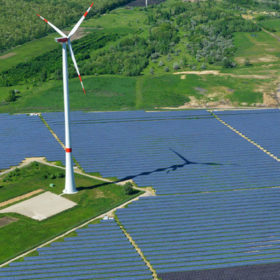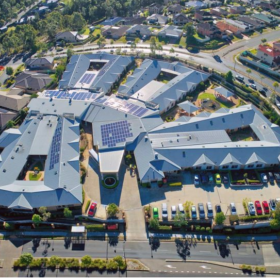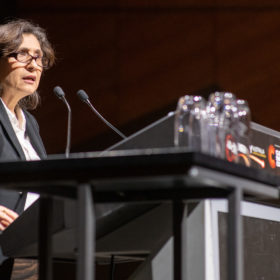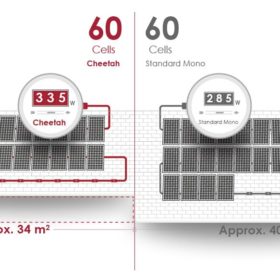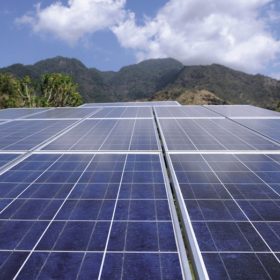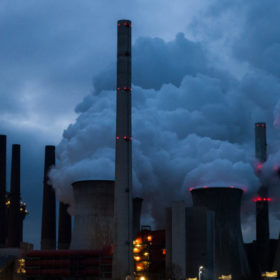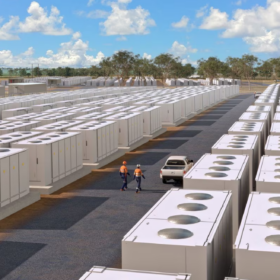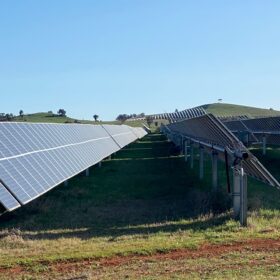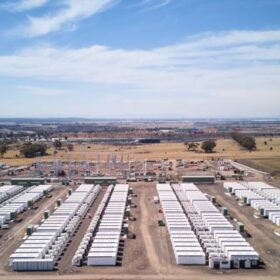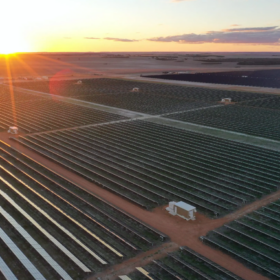50% RE target by 2030 is not too ambitious, but too low
If maintained, Australia’s current rate of installs would deliver 78% renewables by 2030, find Green Energy Markets in its latest edition of RE Index. The 50% renewables target proposed by the the Federal Labor Party and several state Labor governments would thus deliver a sharp market decline, with installations falling to a third of recent rates and workforce shrinking by three quarters.
Opal Aged Care rolls out 3.5 MW of rooftop solar
The Australia aged care specialist has embarked on an energy efficiency program, which will see over 10,600 solar panels and more than 28,000 LED lights installed at 54 of its properties.
Lithium Australia produces li-ion batteries from mine waste
The ASX-listed company which aspires to ‘close the loop’ on the energy-metal cycle has successfully produced lithium-ion batteries from tri-lithium phosphate sourced directly from a mine dump. It has also reported outstanding results in lithium recovery in excess of 90%, using its SiLeach process at the ANSTO Minerals pilot plant in New South Wales.
Lily D’Ambrosio to remain Victorian Energy Minister
The renewable sector has responded warmly to the reappointment of Lily D’Ambrosio as Energy and Environment Minister. Her title has been expanded to take into account the growing responsibility of running the re-elected state government’s expansive solar and storage initiatives.
Jacob’s Creek to add 2.8 MW PV, signs VGA for 100% renewables
Pernod Ricard Winemakers will source 100% of its electricity from renewables by mid-2019. The company, responsible for wine brands Jacob’s Creek and Brancott Estate, will install 2.8 MW of PV at its Barossa Valley winery, and source the remainder of its power from renewable energy, under a Virtual Generation Agreement with retailer Flow Power.
Nextracker to supply 255 MW Sunraysia Solar Farm
EPC contractor Decmil Group has selected Nextracker’s NX Horizon solar trackers for the 255 MW Sunraysia Solar Farm, one of Australia’s largest solar farms located in New South Wales.
SA virtual power plant moves forward with new retailer on board
The second phase of the proposed 250 MW virtual power plant will see Tesla Powerwall batteries and solar panels installed on 1,000 South Australian households.
Australian shipments of Jinko 400Wp+ Cheetah modules to commence in January
The first shipments of Jinko’s new Cheetah module series will commence in January 2019. The module uses larger monocrystalline wafer, PERC cell technology and is available in either a half or full-cell format.
Philippines’ regulator opposes net metering expansion
The Philippines’ Energy Regulatory Commission (ERC) has said the removal of the 100 kW cap for solar installations under net metering would be difficult for the nation’s grid to accomodate. Meanwhile, a proposal to raise the treshhold is being discussed in the country’s Senate.
Greenpeace Energy wants to buy Germany’s RWE coal business, and to replace it with 8.2 GW of renewables
Greenpeace operates a renewables-powered electricity retailer in Germany, in a Hamburg-based operation. It has proposed purchasing giant utility RWE’s coal power plants and replace them with 8.2 GW of wind and solar power plants. Approximately €7 billion will be invested in the new facilities, which could be built without subsidies – Greenpeace Energy claims.
